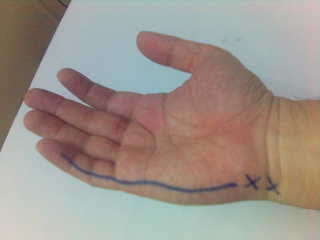 16th March 2007 – 14 of the world’s greatest football clubs will play in a single tournament and all in one place – when Malaysia hosts the Champions Youth Cup Malaysia 2007 from 5th to 19th, August 2007. The inaugural event is supported by the Ministry of Youth and Sports, the Ministry of Tourism and is backed by the FA of Malaysia (FAM).
16th March 2007 – 14 of the world’s greatest football clubs will play in a single tournament and all in one place – when Malaysia hosts the Champions Youth Cup Malaysia 2007 from 5th to 19th, August 2007. The inaugural event is supported by the Ministry of Youth and Sports, the Ministry of Tourism and is backed by the FA of Malaysia (FAM).
Four groups of four teams will play round robin matches in Alor Star, Kuantan, Melaka and Kuching with the knockout stages and the final to be held in Kuala Lumpur.
“The tournament shows that Malaysia matters to these clubs – a two weeks football festival of the world’s greatest clubs, the world’s finest young players and 34 matches across seven venues,” said Jonatan Price, chairman of UK-based Gifted Group Limited.
“The clubs make a huge investment in these players through their academy structures and Malaysians will enjoy a very special privilege because for the first ever, these clubs will be introducing their next generation of stars to a world wide television audience as a prelude to them playing in the Champions League and the Copa Libertadores.”
Among the more notable players to have matured from the various development programmes of these clubs are Franz Beckenbauer (Bayern Munich), Johan Cruyff (Ajax Amsterdam), Zico (Flamengo) and Lionel Messi (Barcelona).
In the meantime Datuk Azalina Othman Said, the Minister for Youth and Sports said that the organisation of the Champions Youth Cup Malaysia 2007 is subjected to the approval from FIFA as well as the Asian Football Confederation (AFC).
The official draw for the tournament will be held in Malaysia on 19th April, 2007.
THE PARTICIPATING TEAMS
AC Milan (Italy),Ajax Amsterdam (Holland),Arsenal (England),Boca Juniors (Argentina),Barcelona (Spain),Bayern Munich (Germany),Chelsea (England),Flamengo (Brazil),Juventus (Italy),Inter Milan (Italy),MALAYSIA,Manchester United (England),Paris St. Germain (France),PSV Eindhoven (Holland),Porto (Portugal),Qatar,(adapted from FAM website);
We want to hear your comments and your support for this affair! I have enclosed the official website for further information. You may also find more information about tourism in Malaysia at Tourism Malaysia. Join us to make this championship a success.


.jpg)




.jpg)





.jpg)







.jpg)
.jpg)
.jpg)



